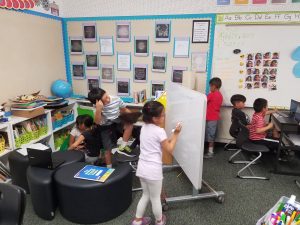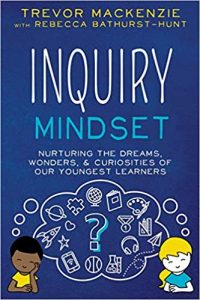
Picture reference:
https://medium.com/@MrFrew_edu/when-i-was-first-learning-about-social-networks-at-ucla-i-was-bewildered-by-all-that-could-be-done-ce8a531e114
Community is a concept that can be particularly important in online courses, given the potential for students in such courses to feel isolated and alone. The ways in which we experience community with students differs when we teach online.
Community members share not only interests but also a desire to exchange ideas and information, to learn with and from each other. Communities allow us to gather and share knowledge.
In the past when we were talking about community it was understood that they have to share the same spatial boundaries (i.e. classroom, community center, sport club, local market, store, group of people doing an activity together). Nowadays, this concept of community has evolved with the new communication technologies.
The virtual communities are nowadays a new type of community. These communities do not share the same spatial boundaries but instead they are based on common interests.
In the text it says: When we occupy the same physical space, and we spend time with each other. Our attention is focused on the same thing at the same time, whether it is the teacher talking, a student answering a question, a group working on a project, someone making a joke, and so forth. We engage in a course together, as a group, rather than as individual members of the class, and we identify with each other as part of this group.
Reading that I think that what is really inspiring with the online communities as opposed to ‘regular communities’ is the fact that the students explore and answer questions outside the classroom and bring their own experiences, wonders and discoveries to their classmates. So, ideas come from outside the classroom to inside the classroom. This is something we discussed about in our course about Inquiry Mindset. Bring something from outside the classroom to inside the classroom walls is inspiring to the students. This new way to teach is great because it allows the students to use their own knowledge, curiosity, explanations from their own research and bring it to be share within the online communities.
Technology can change this, allowing community to extend beyond the temporal and spatial confines of a classroom… What we do know is that community is more than participation; it requires moving from participation to engagement, involvement, and action.
Now, a project I would like to install in my class start to appear more clearly in my mind. I would like to have my students sharing their reflections when they read a book but online instead of in the physical classroom. My biggest challenge is to find an appropriate means, easy to use, appealing and meaningful. I thought of using padlet.com so my students could share on an online wall some general questions and ideas about their readings. Now, I am looking for another means (social network/app/website) so my students could:
- write down a passage they liked
- make a reflection about it
- make connections about this passage and what they read, experienced or saw before in their life.
So this is where I am in the development of this new platform for my students. If you have any ideas, input, or you know any ways I could make that happen please share it with me.

